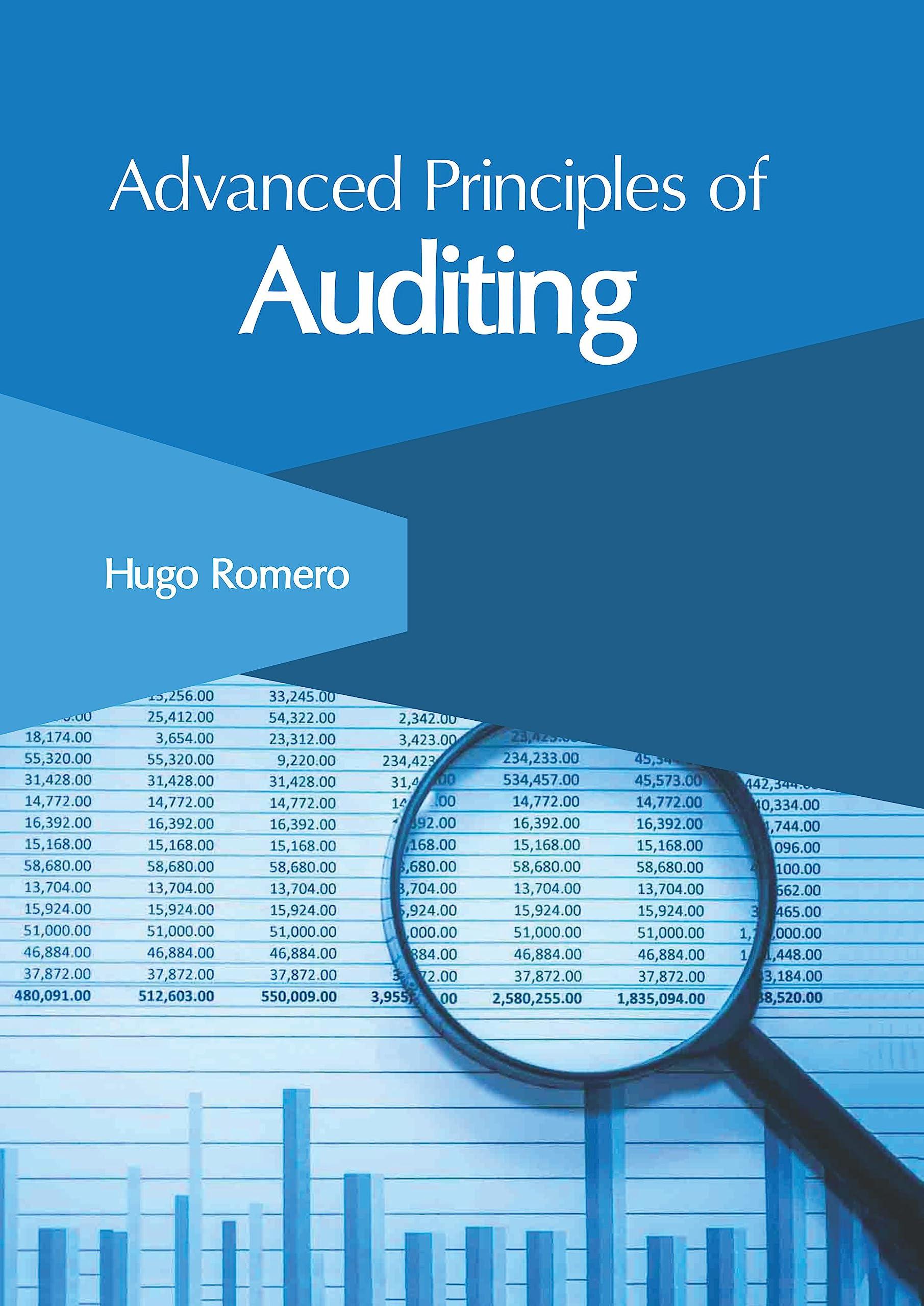


You are planning for a very early retirement. You would like to retire at age 40 and have enough money saved to be able to draw $245,000 per year for the next 30 years (based on family history, you think youll the to age 7o). You plan to save for retirement by making 10 equal annual installments (from age 30 to age 40 ) into a fairly risky investment fund that you expect will earn 12% per year. You will leave the money in this fund unti it is completely depleted when you are 70 years old. 1 (Click the icon to view the present value annulty table.) 2 (Cick the ioon to view the future value annuity table.) 3Click the icon to view the present value table.) "(Clok the ioon to view the future value table.) To make your plan work answer the following questions: Siclick the icon to view the questions.) 1. How much money must you aocumulate by retirement? (Hint. Find the present value of the $245,000 withdrawals.) Calculate the present value to find out how much money must be aocumulated by retirement. (Found your answer to the nearest whole dollar.) The present value is 2. How does this amount compare to the botal amount you will draw out of the investment during retrement? How can these numbers be so ditlerent? Over the course of your retirement you will be withdrawing However, by age 40 you only need to have imvested These numbers are different because: A. You need to have far more acoumulated than what you will withdraw because you will withdraw a large portion of the imrestment every year-the balance remains imested where it continues to earn 12% inferest. B. You need to have the same aocumulated as you will withdraw because you will not eam further interest on your investment when you reach redrement. C. You need to have far less accumulated than what you will withdraw because you only withdraw a portion of the investment every year-the balance remains imested where it continues to eam 12% interest. D. None of the abore. 3. How much must you pay into the investment each year for the first ten years? (Hint: Your answer from Requirement 1 becomes the future value of this annulby.) (Found your answer to the nearest whole dollar.) For the first ten years, the amount you must pay into the investment each year is 4. How does the total out-at-pocket savings compare to the investment's value at the end of the 10-year savings period and the withdrawals you will make during retirement? (Use the investment rounded to the nearest whole number that you calculated above, then round your final answer to the nearest whole dollar.) The total out-of-pocket savings amounts to Pusesent Value of Annuly of $1 2: Reference 3: Reference 4: Reference 5: More lnfo 1. How much money must you acoumulate by redirement? (Hint. Find the present value of the $245,000 withdrawals.) 2. How does this amount compare to the total amount you will draw out of the investment during retirement? How can these numbers be so different? 3. How much must you pay into the imestment each year for the frst ten years? (Hint: Your answer from Requirement 1 becomes the futhre value of this annulty.) 4. How does the fotal out-of-pocket savings compare to the investment's value at the end of the 10-year savings period and the withdrawals you will make during retirement









